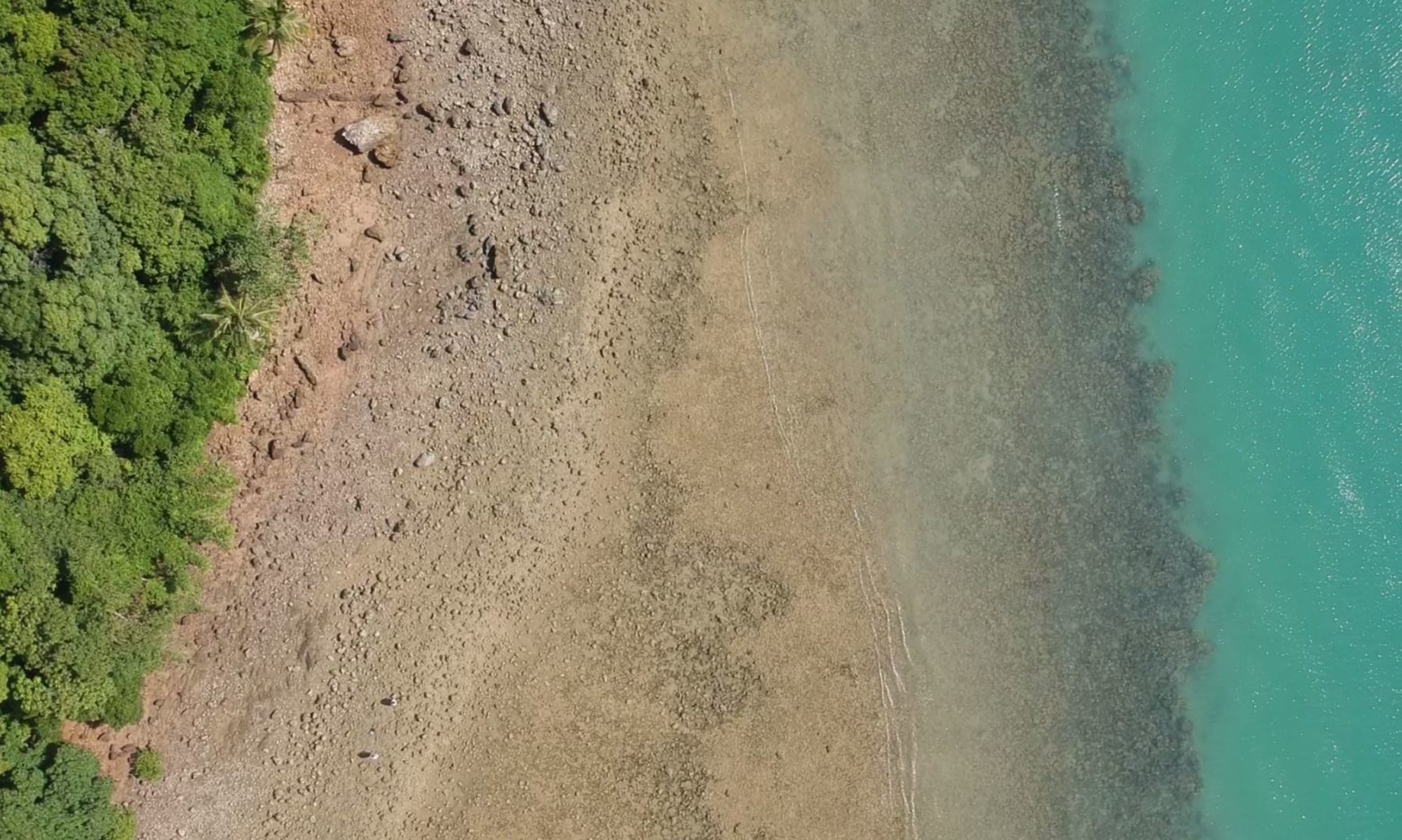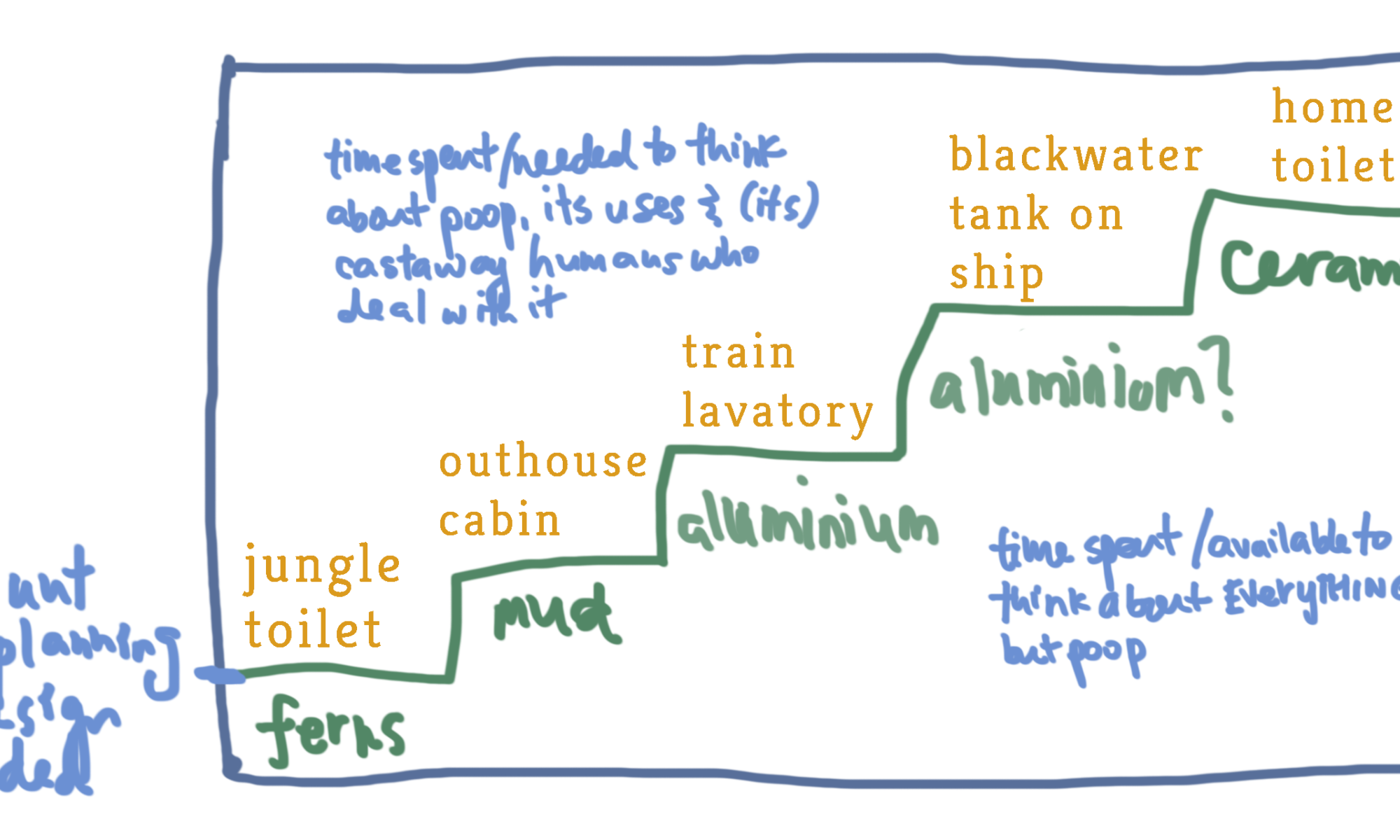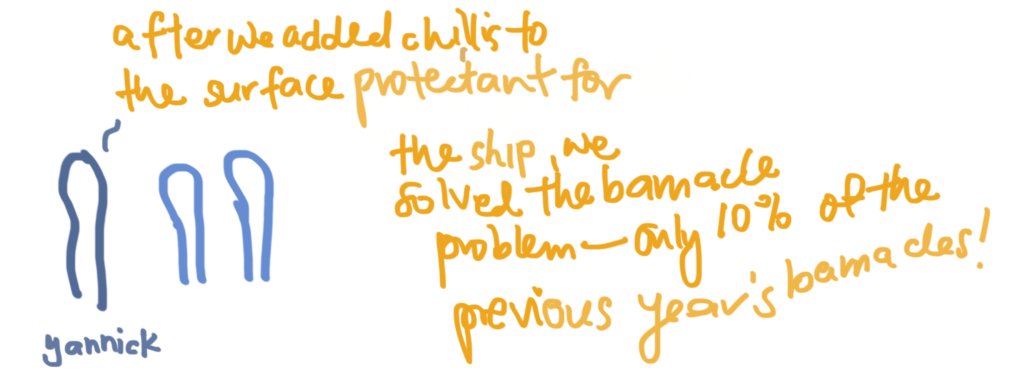Soil/earth/dirt and poop? Connections in:/out:
Reflections on my time at DINACON
Huiying Ng
Working on maps inevitably gets me thinking about connection and connectivity – the links between relations spatial and biological, but also the human and social. DINACON is a big blobby, lovable mess/h, a meshy, net-like structure of parts and people moving in and leaving bits of themselves behind.
A little like this snail leaving its bits on my palm:
Or like a bunch of us adding to the DINACON google map of plants which Craig Durkin started!
I came to DINACON to work on creating simple soil testing kits for gardeners. But the more I talked to people, the more I started doing: thinking about a soil and elevation map, playing with plant impedance and conductivity, learning about Arduino coding (and making something – scary!). I was way outside my comfort zone of the social sciences. But it was all interconnected with the social sciences and humanities; every moment of activity was culture forming quietly, mostly unobserved. When I left, I found myself thinking about the DINACON experience while finishing up my maps. There’s a section from chapter 1 of The Windup Girl by Paolo Bacigalupi which I love, and which is all about connection.

A man finds an unfamiliar fruit in a market in Bangkok, in a future world where food production has become entirely driven by GM-food companies. He stops to examine it. The fruit seller talks to him, “seeking connection”. Nothing touches him in this wet and bustling market as he thinks through his mental repository of “flowers and vegetables and trees and fruits [which] make up the geography of [his] mind” – “nowhere does he find a helpful signpost that leads him to identification”. And then, he eats it. As he bites into it, he finds himself tasting the past in this “slick translucent ball”. Suddenly, “a fist of flavor, ripe with sugar and fecundity. The sticky flower bomb coats his tongue… The shell-shocked moment of flavor – real flavor – after a lifetime devoid of it.” He’s found not a discovery but a resurrection, a connection to the past through flavour. History and possibility and the future shift all at once.
I love this passage for so many reasons, but most of all, I think it was because I had no idea what this fruit was – so many hints, so many signs, but we just keep guessing until bang, it hits us.
Food and poop are grossly different. But consumption and excretion aren’t all that far apart – we might say they feed (!) one another. It’s easier to see this with abstract poop. We poop ideas for instance much faster than we visibly excrete what we eat. And we pay a lot more attention to ideas, too: it’s gross to think of pooping ideas; no, we generate ideas instead. Granted, idea generation and excretion are a little different – generation tends to be more valuable than excretion. So we go on circling through this logic, and for whatever reason, even though poop and excretion is the basis of life, we rarely think of our ideas as the mental excrements of daily life! Perhaps this is because sewage and toilet matters aren’t very nice to think about or work around. But they are the measure of how well a system functions and renews itself: whether measured in the outhouse of a cabin, the blackwater storage tank on a ship, the lavatories of a train, or the wondrous open toilets of the jungles and woods. Strangely, even as we’ve drawn toilets closer into the intimate proximities of our lives, they’ve grown the opposite way, becoming more alien to most of us. Specialisation has created black boxes of muck. We’re useless to actually live on the planet now without the technical knowhow of a small group of people who can’t possibly get around all that much, to be captains of a system in a way that fits the needs of every member in it.
So much for connection. Connection and poop really don’t seem to fit. But if DINACON is a connected, bustling, lively island conference/house of ideas in the making and people meeting, it’s also about all the residual stuff that sticks, settles, and holds on – more stubborn than barnacles. A system’s input and a system’s output are pretty different, but a DINACON that accepts a new wave of people, as a seasoned group leaves its shore, becomes an earthly being rotating through space-time with a gravitational field of its own. What goes in and what comes out all stay in orbit, whether consciously choosing to or not. So then: how many times in two months does DINACON complete an orbit? And perhaps: how many times in two months do other bodies complete orbits around DINACON?
Connectivity is so central and so deadly: buzzing circuits that fail; electric wires buzzing overhead after a rainstorm; buzzing human conversational germs and bees that unwittingly bump into their deaths on weaver ant nests, chasing the shine of a torch. Life is hooked to signs of promise: we’re led by our noses and senses whether we like it or not, know it or not. Most times connections maintain a system, or fall away. Sometimes it leads to new, viable connections: new (medicinal) drug routes, civic partnerships, interdisciplinary breakthroughs and collective-but-autonomous epiphanies. So it wouldn’t be strange that social connection, ecological and synthetic-biological connections pushed together become a florid display and a poopy display altogether.
I’ve been obsessed with soil for the past half a year. Everything for me is a sign to something else about soil; soil might be my orbiting body – as it well should! Water covers about two-thirds of the earth’s surface, and after subtracting all the bits of land inhospitable to agriculture (too hot or too cold), only about 3% of the earth is covered in agricultural soil. We like to think of it sitting quietly in plots of land, causing landslides in poor nations or being carted to rich nations, when soil is really a single body of continuous work that stretches between all our minute, not-as-separate-as-we’d-like worlds.

All sorts of signs interest me. So wading through connections for me was once a little like scaling treacherous cliffs or navigating mangrove swamps: how to decide which footholds to lean on, and which I’d lose my footing on? It’s an interesting question to pose in unstructured environments like DINACON. But a more interesting question would be how these open connections can stay open, as things to care for rather than domesticate: something to play on and around, prodding and pushing and bumping and nudging. A better question might be: how shall we read connections best, so they can each be nurtured in the time and space they need?
Things I referred to:
Plant impedance – Cybres Impedance Spectroscope with Stig
Bees on a weaver ant nest – with Magdalena’s torch
The Windup Girl – http://oceanofpdf.com/pdf-epub-the-windup-girl-download/
Orbiting celestial bodies, moons and tides – charades with Tasneem, Rob and Andy
The blackwater tank problem – The Diva Andaman and some funky physics
Plant map – extended. Raw data files available here: https://drive.google.com/open?id=1_Xf0hG1V4H-FB2xjwxeSSRySinv5I-DZ






